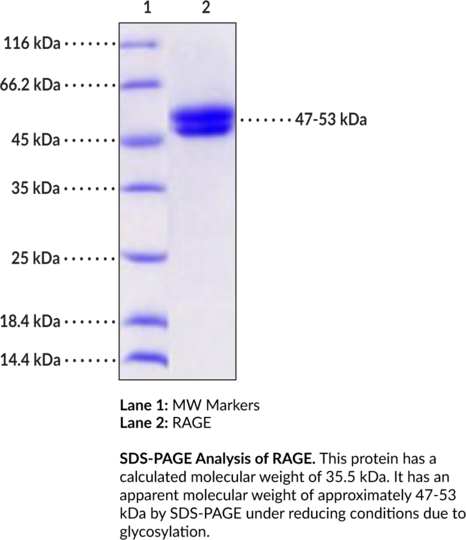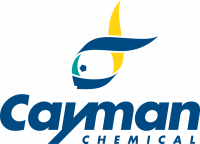Cookie-Einstellungen
Diese Website benutzt Cookies, die für den technischen Betrieb der Website erforderlich sind und stets gesetzt werden. Andere Cookies, die den Komfort bei Benutzung dieser Website erhöhen, der Direktwerbung dienen oder die Interaktion mit anderen Websites und sozialen Netzwerken vereinfachen sollen, werden nur mit Ihrer Zustimmung gesetzt.
Konfiguration
Technisch erforderlich
Diese Cookies sind für die Grundfunktionen des Shops notwendig.
"Alle Cookies ablehnen" Cookie
"Alle Cookies annehmen" Cookie
Ausgewählter Shop
CSRF-Token
Cookie-Einstellungen
FACT-Finder Tracking
Individuelle Preise
Kundenspezifisches Caching
Session
Währungswechsel
Komfortfunktionen
Diese Cookies werden genutzt um das Einkaufserlebnis noch ansprechender zu gestalten, beispielsweise für die Wiedererkennung des Besuchers.
Facebook-Seite in der rechten Blog - Sidebar anzeigen
Merkzettel
Statistik & Tracking
Endgeräteerkennung
Kauf- und Surfverhalten mit Google Tag Manager
Partnerprogramm

| Artikelnummer | Größe | Datenblatt | Manual | SDB | Lieferzeit | Menge | Preis |
|---|---|---|---|---|---|---|---|
| Cay38057-100 | 100 µg | - | - |
6 - 10 Werktage* |
377,00 €
|
||
| Cay38057-1 | 1 mg | - | - |
6 - 10 Werktage* |
2.446,00 €
|
Bei Fragen nutzen Sie gerne unser Kontaktformular.
Bestellen Sie auch per E-Mail: info@biomol.com
Größere Menge gewünscht? Bulk-Anfrage
Bestellen Sie auch per E-Mail: info@biomol.com
Größere Menge gewünscht? Bulk-Anfrage
Receptor for advanced glycation end products (RAGE) is a transmembrane protein and member of the... mehr
Produktinformationen "RAGE (human, recombinant)"
Receptor for advanced glycation end products (RAGE) is a transmembrane protein and member of the IgG superfamily. It is composed of one V-type domain that is responsible for extracellular ligand binding, two C-type domains, a transmembrane domain, and a cytosolic tail involved in intracellular signaling. In addition to full-length and membrane-bound forms, soluble forms of RAGE can be formed either by proteolytic cleavage or alternative splicing. It is highly expressed in the mature lung pneumocytes and embryonic cells and is expressed at lower levels in many other cell types. RAGE has a variety of ligands that share a common structural motif, including AGEs, high mobility group box 1 (HMGB1), certain S100 proteins, and amyloid-beta peptide fibrils. Ligand activation of RAGE induces binding of the cytoplasmic tail to bridge proteins, such as diaphanous-related formin 1 (DIAPH1) and myeloid differentiation factor 88 adapter-like protein (Mal), which then activate MEK/ERK, PI3K/Akt, and JAK/STAT signaling pathways, among others, and lead to activation of NF-kappaB. RAGE levels increase rapidly at sites of inflammation, and full-length RAGE is associated with a pro-inflammatory state. Protein levels of RAGE are increased in postmortem coronary atherosclerotic lesions from patients with diabetes who died from sudden cardiovascular complications. However, plasma levels of soluble RAGE are lower in non-diabetic men with coronary artery disease (CAD) than those without CAD. Levels of full-length RAGE are decreased in non-small cell lung carcinoma (NSCLC) tissue compared with non-cancerous lung tissue, and proliferation of lung cancer cells overexpressing RAGE is reduced in vitro. Cayman's RAGE (human, recombinant) protein can be used for binding assays. This protein consists of 332 amino acids, has a calculated molecular weight of 35.5 kDa, and a predicted N-terminus of Ala23 after signal peptide cleavage. By SDS-PAGE, under reducing conditions, the apparent molecular mass of the protein is 47-53 kDa due to glycosylation.Synonyms: Advanced Glycosylation End Product-specific Receptor, AGER, Receptor for Advanced Glycosylation End Products. Purity: >98% estimated by SDS-PAGE. Endotoxin Testing: <1.0 EU/µg determined by the LAL endotoxin assay. Source: Active recombinant human His-tagged RAGE expressed in HEK293 cells. Amino Acids: 23-344. MW: 35.5 kDa. Formulation: (Request formulation change), Lyophilized from sterile PBS, pH 7.4. UniProt Accession #: Q15109.
| Schlagworte: | AGER, RAGE, Receptor for advanced glycosylation end products, Receptor for advanced glycosylation end products, Advanced glycosylation end product-specific receptor, Advanced glycosylation end product-specific receptor |
| Hersteller: | Cayman Chemical |
| Hersteller-Nr: | 38057 |
Eigenschaften
| Anwendung: | Active |
| Konjugat: | No |
| Wirt: | Human cells |
| Spezies-Reaktivität: | human |
| MW: | 35.5 kD |
| Reinheit: | >98% estimated by SDS-PAGE |
| Format: | Lyophilized |
Datenbank Information
| KEGG ID : | K19722 | Passende Produkte |
| UniProt ID : | Q15109 | Passende Produkte |
| Gene ID | GeneID 177 | Passende Produkte |
Handhabung & Sicherheit
| Lagerung: | -80°C |
| Versand: | -80°C (International: -80°C) |
Achtung
Nur für Forschungszwecke und Laboruntersuchungen: Nicht für die Anwendung im oder am Menschen!
Nur für Forschungszwecke und Laboruntersuchungen: Nicht für die Anwendung im oder am Menschen!
Hier folgen Informationen zur Produktreferenz.
mehr
Hier kriegen Sie ein Zertifikat
Loggen Sie sich ein oder registrieren Sie sich, um Analysenzertifikate anzufordern.
Bewertungen lesen, schreiben und diskutieren... mehr
Kundenbewertungen für "RAGE (human, recombinant)"
Bewertung schreiben
Loggen Sie sich ein oder registrieren Sie sich, um eine Produktbewertung abzugeben.
Zuletzt angesehen


